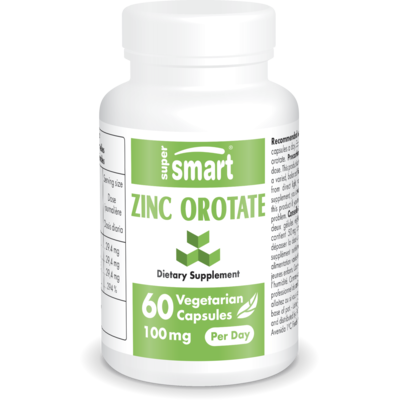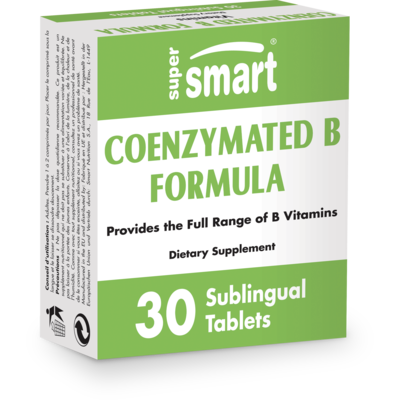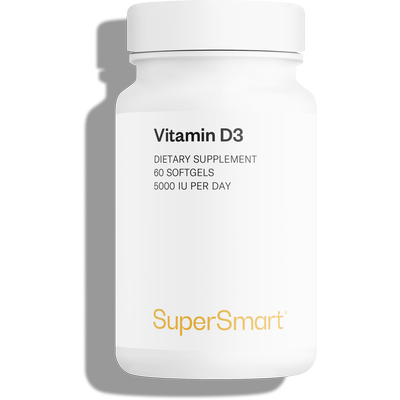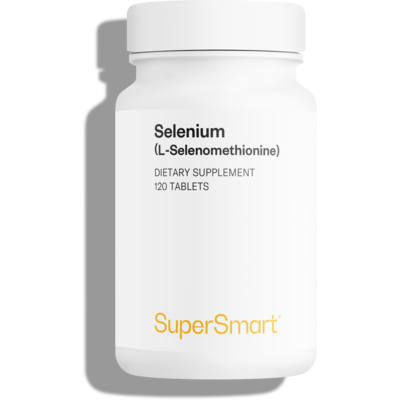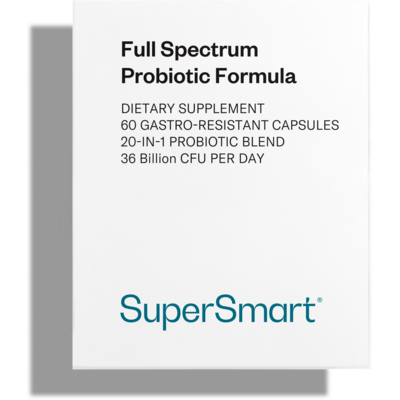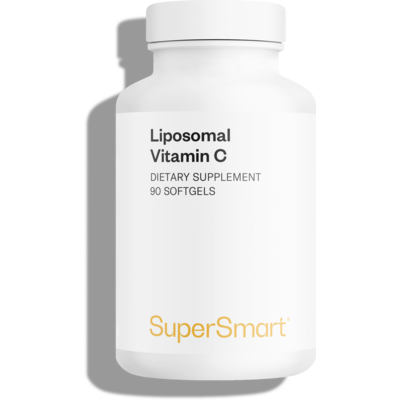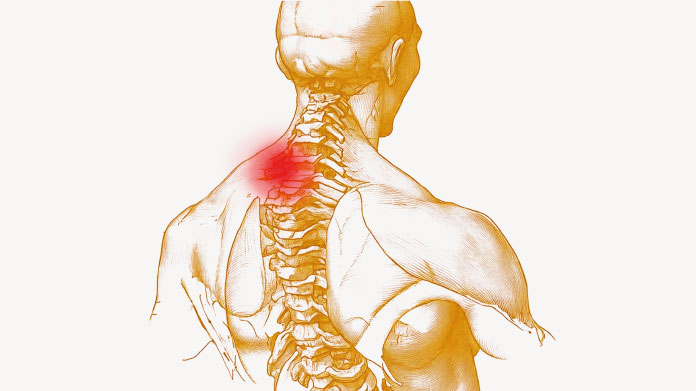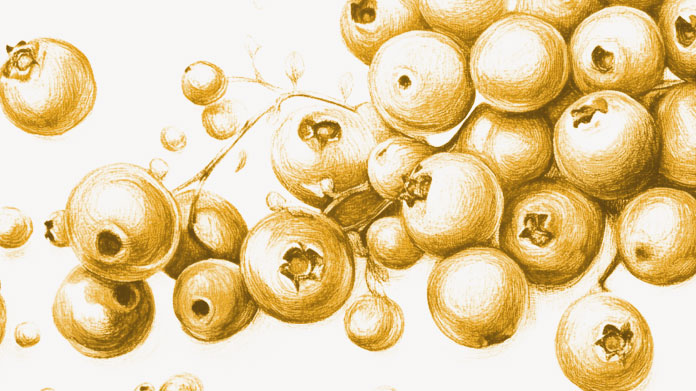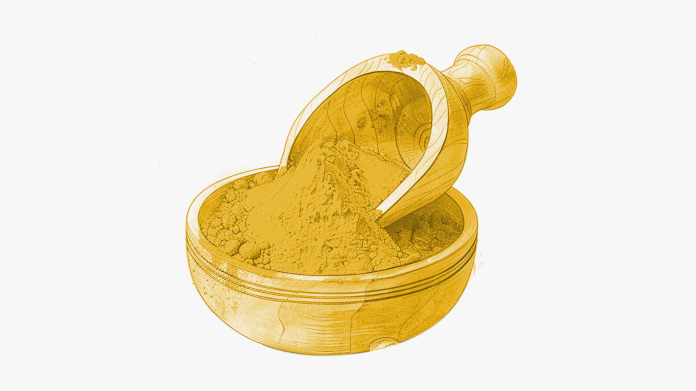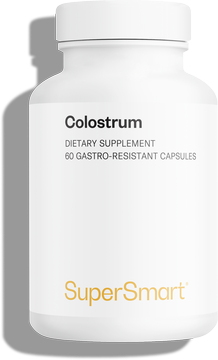The Seignalet or hypotoxic diet: principles and benefits
Developed by Dr Jean Seignalet in the 1990s, the Seignalet - or hypotoxic - diet surprisingly advocates a return to the dietary habits of our ancestors. Discover the principles behind it and its alleged powerful benefits.

Seignalet Diet: when an immunologist gets involved in nutrition
Jean Seignalet was a physician. A specialist in immunology, he was a university lecturer and hospital doctor. He published numerous works on histocompatibility, ie, tissue compatibility between individuals (important data for transplants) (1).
Following a conference on instinctotherapy (instinct-based eating) which he attended in the 1980s, and a personal bout of depression, he developed a keen interest in nutrition.
He was convinced that the modern Western diet leads to inflammation of the lining of the gut, potentially triggering an auto-immune response which could explain the development of certain types of cancer, rheumatoid arthritis, ankylosing spondylitis, etc.
The scientific nature of Jean Seignalet’s approach and conclusions remains controversial. Nonetheless, there’s now an overwhelming consensus among doctors that diet is a key factor in maintaining good health and Jean Seignalet is recognized as being an early identifier of the fundamental importance of the gut microbiota (even if he didn’t express it as such).
The principles of the Seignalet diet: an ancestral anti-inflammatory and hypotoxic approach
To remedy this inflammatory diet, Jean Seignalet proposed an “ancestral anti-inflammatory and hypotoxic approach” (2).
He believed that:
- modern cereals contain too much gluten (indeed, they have been genetically selected since the early 20th century to optimize bread-making) and should therefore be replaced by ancient grains and pseudo-cereals (buckwheat, spelt, oats, quinoa, millet, barley) (3) ;
- the human body is not suited to the digestion of animal milks from whichever source (cows, goats, sheep). Dairy products (cheese, yogurt etc) should therefore be excluded from the diet;
- neither is the body designed to eat refined sugar, which produces spikes in glycemia levels and is almost devoid of nutrients;
- refined, hydrogenated oils heated at high temperatures produce toxic, inflammatory compounds and should therefore be eliminated from the diet;
- foods that come from conventional industrial agriculture contain significant traces of pesticides harmful to health, so we should choose organically-grown foods only;
- food should not be cooked at temperatures above 110°C. This is both to prevent the Maillard reaction, a generator of advanced glycation end-products (AGEs) which promote cellular oxidative stress, as well as to avoid destroying the vitamins and other micronutrients in food (4).
In summary, the Seignalet or hypotoxic diet is very similar to what we now know as the paleo diet, the kind eaten by our ancestors. The overriding principle behind the Seignalet diet is to reconnect with man’s natural diet.
Seignalet Diet: what are the risks?
Basically, the scientific community has two criticisms of Seignalet’s approach:
- his theory and diet are not based on sound scientific studies but on anecdotal observations. Every aspect of his approach therefore needs to be properly tested, including in randomised trials;
- some people who reject modern medicine view the hypotoxic diet as a miraculous means of ensuring continuous good health and drug-free self-treatment. The main danger of this is the belief that all you have to do for disease protection is change your diet.
But:
- diet is not the only contributory factor to the development of disease: our very environment can be a source of pathogens;
- while a healthy, balanced diet can help boost our immune systems, modern medicine is crucial when it comes to treating disease, especially serious disease.
But all in all, the Seignalet diet poses no risk in itself: it’s simply a healthy diet compatible with the human body.
Vitamins and probiotics central to the Seignalet diet
Dr Jean Seignalet recommended supplementing with vitamins, trace-elements and mineral salts, which he believed were necessary to offset modern lifestyles for which the body was not designed. The nutrients to focus on are:
Very concerned about intestinal health, Jean Seignalet was also one of the first doctors to recommend the consumption of lactic acid bacteria (from foods such as fermented cabbage and pickles, miso…), especially as he advocated the exclusion of dairy foods.
The Seignalet diet thus incorporates what we now refer to as probiotics for taking care of the gut microbiota (5). It’s worth noting that some probiotic formulations include several strains of lactic bacteria.
SuperSmart ADVICE
References
- BUSSON, Marc, RAFFOUX, Colette, BOUTEILLER, Anne Marie, et al.Influence of HLA-A, B, and DR matching on the outcome of kidney transplant survival in preimmunized patients. Transplantation, 1984, vol. 38, no 3, p. 227-229.
- SEIGNALET, Jean. L'alimentation ou la troisième médecine. Editions du Rocher, 2012.
- BUSTAMANTE, María Ángeles, FERNÁNDEZ-GIL, María Pilar, CHURRUCA, Itziar, et al.Evolution of gluten content in cereal-based gluten-free products: An overview from 1998 to 2016. Nutrients, 2017, vol. 9, no 1, p. 21.
- TAMANNA, Nahid, MAHMOOD, Niaz, et al.Food processing and maillard reaction products: effect on human health and nutrition. International journal of food science, 2015, vol. 2015.
- PESSIONE, Enrica. Lactic acid bacteria contribution to gut microbiota complexity: lights and shadows. Frontiers in cellular and infection microbiology, 2012, vol. 2, p. 86.
Keywords
2 Days
Great customer service - responsive …
I ordered from them and my item was unavailable for sometime. I was super happy when they reactivated my order and shipped my item which arrived very quickly. Great customer service.
Ruth Rueter
3 Days
Super fast shipping
Super fast shipping
Donald Borling
6 Days
Reputable companysearch and the number of…
The research and the number of selection of products.
NAKHJAVAN Shervin
19 Days
The Anti Aromatase is a great product
The Anti Aromatase is a great product. You just need to have constant inventory. Recently this product has been out of stock.
GEORGE Verne
21 Days
Great help on chat
Great help on chat. Knowledgeable and friendly.
Jason Argos
24 Days
Customer service was fast and friendly.
Customer service helped to stop the transaction process of the subscription. I appreciated that.
Greenie
25 Days
I order here due to the high quality of…
I order here due to the high quality of the products and the quick delivery of items - thank you
Barbara J
26 Days
SuperSmart's Eye Pressure supplements: highly recommended!
I purchase SuperSmart's Eye Pressure supplements regularly for over 5 years, and gotta say they are truly a wonderful product for my Glaucoma. Highly recommended if you have eye pain from your Glaucoma.
D. Martinez
31 Days
Quick service
Quick service
MONELL
31 Days
Speedy service.
Speedy service.
ROSENTHAL Marvin
35 Days
Clear website- Efficient
Clear website. Excellent search engine and fast delivery!
Mohamad Hussein
38 Days
They have great products.
They have great products.
Vickie
38 Days
Great Shipping Time!
You Have A Great Shipping Time! Praise The Lord!
DMHoge
40 Days
Doctor Recommended!
Good pricing, very good availability, doctor recommended (couldn't find what I needed anywhere else), and it took only a week to arrive (which I can't complain about).
Al
40 Days
Great product and fast shipping
Great product and fast shipping
Marie

